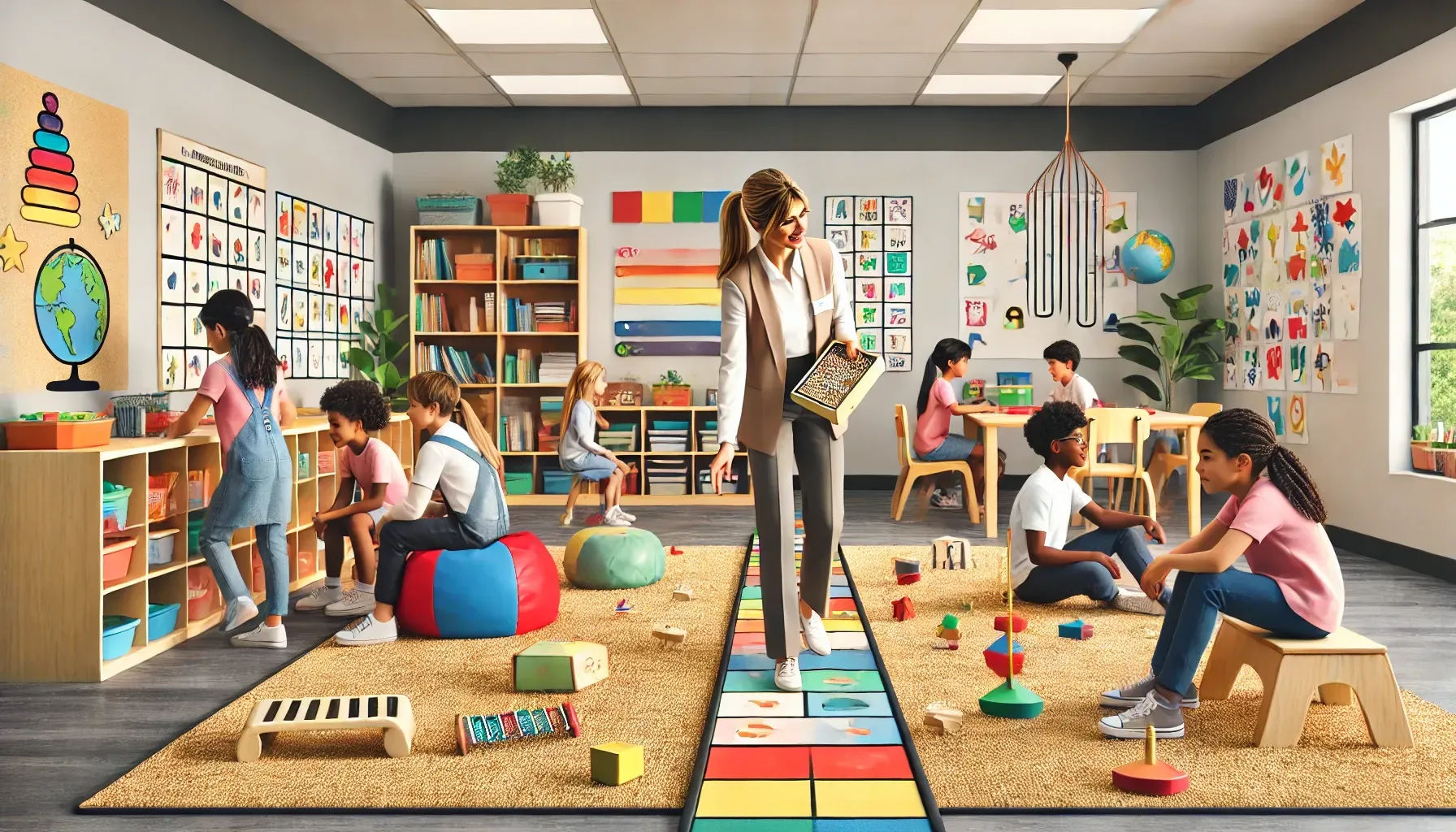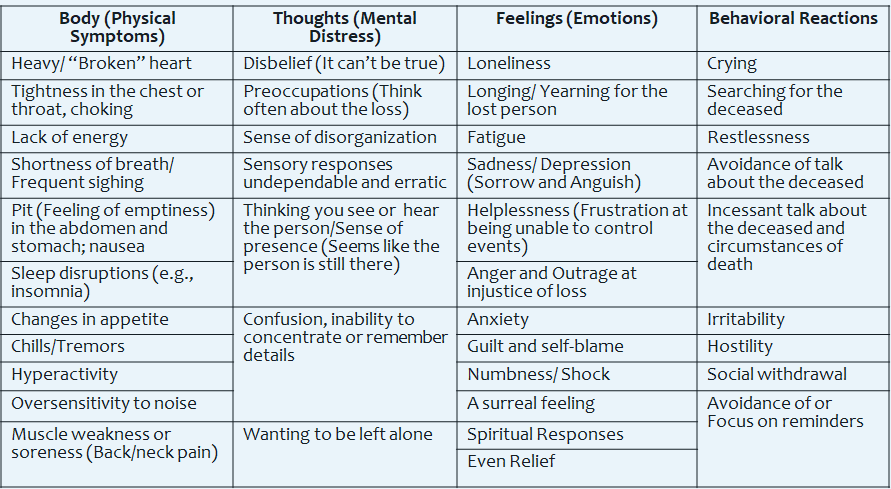Using Sensory Paths to Support Student Well-Being
Incorporating What May Be a New Tool

School counselors play a vital role in the emotional, social, and behavioral development of students. As part of their toolkit, it is important to incorporate sensory paths — a creative and engaging way to help students regulate their emotions, improve focus, and develop essential motor skills. These colorful, movement-based pathways provide a structured way for children to engage their senses and reset their minds, making them a valuable resource in counseling interventions.
First, What Are Sensory Paths?
Sensory paths are designed with visual cues, movement-based activities, and interactive elements that encourage students to jump, hop, balance, and follow a sequence of motions. These paths can be painted on sidewalks, installed in hallways, or even placed in designated sensory rooms. The goal is to provide a self-guided, kinesthetic activity that helps students manage stress, refocus their energy, and improve overall sensory processing.
Next, Why Use Sensory Paths?
The benefits of sensory paths in counseling are too numerous to mention all. However, some of the benefits are:
- Emotional Regulation – Many students struggle with self-regulation, especially those with anxiety, ADHD, or sensory processing disorders. Sensory paths provide an opportunity for physical movement, which can reduce frustration and help students regain emotional balance before returning to the classroom.
- Mindfulness and Stress Reduction – The repetitive motions and structured nature of sensory paths encourage mindfulness. By following specific movements, students can focus on the present moment, reducing stress and increasing self-awareness.
- Enhancing Focus and Attention – Movement breaks are essential for maintaining focus, particularly for students who experience difficulty sitting still for long periods. A quick trip through a sensory path can serve as a “brain break” that enhances concentration when they return to academic tasks.
- Supporting Social and Emotional Learning (SEL) – Sensory paths can be integrated into SEL programs to teach students how to recognize and manage emotions, develop problem-solving skills, and practice self-control in an engaging, nonverbal way.
- Providing Inclusive Support – Students with autism, ADHD, and other neurodivergent needs often benefit from movement-based strategies. Sensory paths offer a non-stigmatizing way to provide support, as they can be used by all students rather than singling out those with specific challenges.
How Are Sensory Paths implemented?
- Design with Intention – Work with school staff to create a sensory path that includes a variety of movements, such as balance exercises, hopping, spinning, and breathing prompts. Each element should serve a purpose, such as calming, energizing, or refocusing students.
- Introduce the Path to Students – Teach students how to use the path effectively. Explain that it’s a tool to help them self-regulate and encourage them to use it when needed.
- Collaborate with Teachers – Encourage teachers to incorporate sensory paths into daily routines. Whether it’s a quick movement break between lessons or an option for students who need to reset, integrating the path into the school culture ensures it becomes a valuable resource.
- Monitor and Evaluate – Observe how students respond to the sensory path. Gather feedback from teachers and students to determine its effectiveness and make necessary adjustments.
- Encourage Family Involvement – Educate parents about the benefits of sensory movement and suggest simple activities they can do at home to reinforce self-regulation techniques.
Final Thoughts
Sensory paths are a simple yet powerful way to support student well-being. By integrating movement, mindfulness, and self-regulation strategies, school counselors can create a welcoming, supportive environment that helps students thrive emotionally and academically. Whether used as a proactive tool or a response to student needs, sensory paths are a valuable addition to any school counseling program.
I am a school counselor turned counselor educator, professor, and author helping educators and parents to build social, emotional, and academic growth in ALL kids! The school counseling blog delivers both advocacy as well as strategies to help you deliver your best school counseling program.

I'm a mother, grandmother, professor, author, and wife (I'll always be his). Until October 20, 2020, I lived with my husband, Robert (Bob) Rose, in Louisville, Ky. On that awful day of October 20,2020, my life profoundly changed, when this amazing man went on to Heaven. After Bob moved to Heaven, I embraced my love of writing as an outlet for grief. Hence, the Grief Blog is my attempt to share what I learned as a Counselor in education with what I am learning through this experience of walking this earth without him. My mission is to help those in grief move forward to see joy beyond this most painful time.










